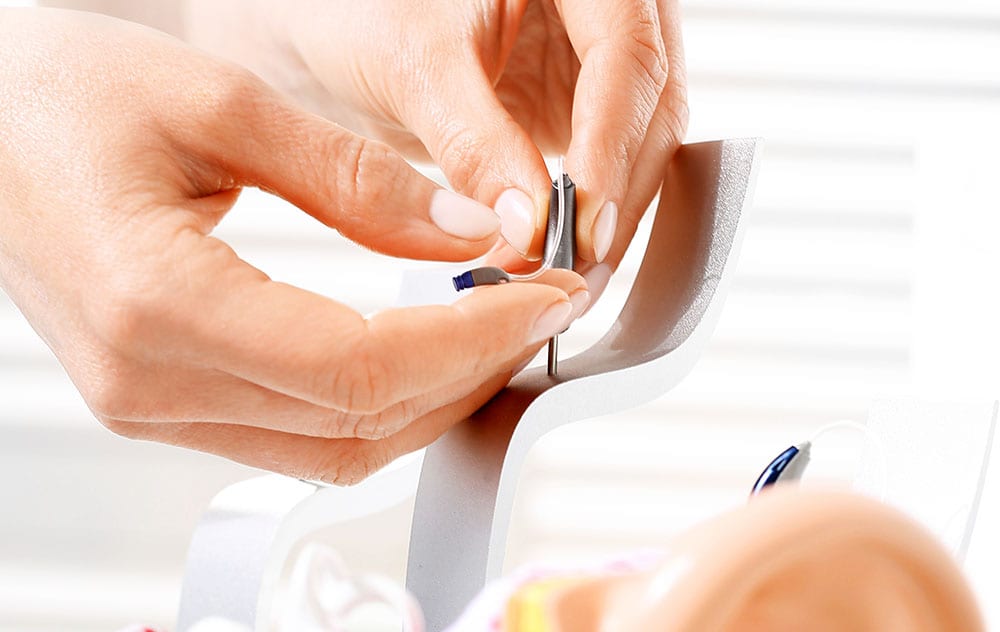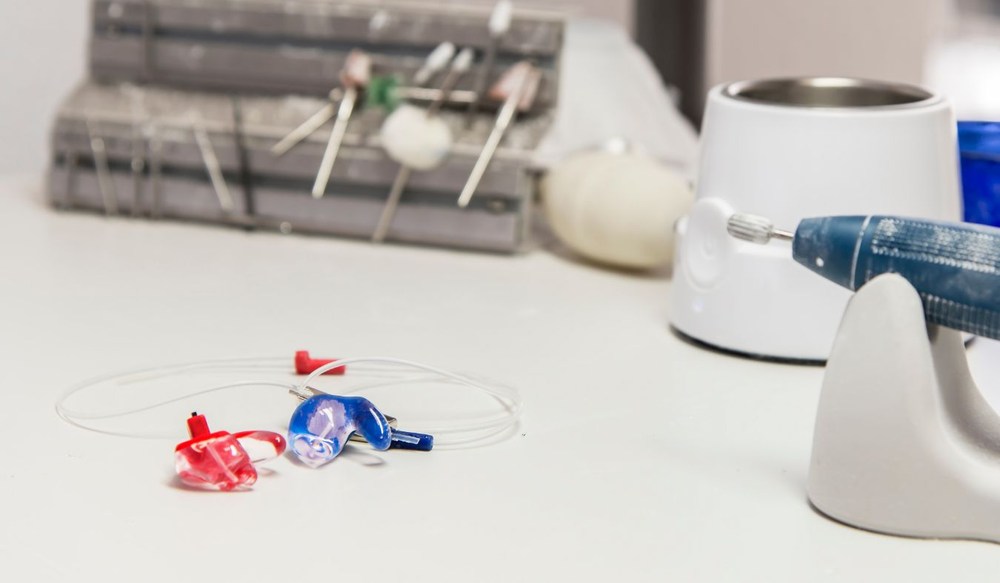Protecting Your Hearing During Summer Sports
Summer brings a lot more noise into your life than you might realize.
Walk In Cleaning Clinic: Come in on Mondays, Wednesdays, Thursdays, or Fridays anytime between 1 – 2pm for our walk in cleaning clinic!

Hearing aids are designed to improve the quality of life for people with hearing loss. One essential feature of these little devices is the hearing control system. Sometimes, users can be at a loss on how to adjust the volume for better sound quality.
Although a hearing instrument specialist (HIS) does the device programming from the onset, users often want to have more control of the hearing aids. Indeed, this is possible, but there are several ways to do so, also depending on the type and design of the device.
First and foremost, it’s highly recommended to refer to the instruction manual that came with the device model you have. That aside, several hearing aids are equipped with the wheel or lever volume control. Before it’s even fitted at your fitting appointment, the HIS would have shown this feature to you. If you notice a spot marked O – that represents the off button.
For the wheel type, you’ll need to roll it upwards to increase the volume gently. For a reduction in volume, do the reverse by gently rolling the same wheel downwards. Once again, depending on your model, an upward or downward roll may be interchanged for volume control. The lever type is pretty straightforward; for an increased sound, push it up gently, while the opposite direction reduces volume.
In many cases, hearing aids are already programmed by the HIS to automatically adjust depending on the environment you’re in. These types do not need any further adjustment, but if you need more fine-tuning, it’ll be best to go back to your hearing instrument specialist.
Directional microphones are particularly helpful in places with background noise. The microphone attachments improve sound quality from the front rather than from the side or behind the user. To get the best of this device, always control it between directional and all around.
Once again, it’ll depend on the environment you’re in at that point. Sometimes, this type also has a button that allows the user to alternate between program settings in different environments. Refer to the user manual for additional information peculiar to your model.
On your hearing aid device, this is marked as T. When the user sets the device to T, it allows for special listening equipment usage. This can be the induction loop or the hearing aid compatible. If you see the O-T-M markings on your switch, this is what it means:
If there’s no loop, switching your device to T will cause a sound similar to a hum or buzz. Remember that the T setting helps users clearly pick up sounds from a distance.
If you’re using a made-for-smartphone hearing aid, you’ll require a mobile application to control it on your phone. Aside allowing you to create personal customizations, this also enables you to control:
For most earlier generation hearing aid devices, adjustments can only be made by the wireless remote control. This accessory allows for discrete and convenient adjustments. The buttons on this accessory are large enough and make them easy to use for persons with visual impairment.
Moreover, it’s suitable for persons with poor dexterity. These types have Bluetooth and remote microphone streaming features that enhance the user’s hearing functionality.
Whether it’s in-the-canal (ITC), behind-the-ear (BTE) or in-the-ear (ITE) hearing devices, there are common controls you should easily recognize. The microphone is a feature incorporated into the device to pick up sound. Meanwhile, the amplifier is there to make sounds louder and clearer. Furthermore, the receiver is the component that carries and delivers the improved sound into the user’s ears.
Finally, as you’d expect, the battery is to provide power to use the hearing aid device. In some types, hearing devices have earmolds. These are not just for aesthetics but also functional. The earmolds are designed to direct sound flow while enhancing quality for the user.
Hearing loss can happen for many reasons, but fortunately, it can be managed, resulting in an improved quality of life. Why don’t you call us today at (315) 693-3637 and book a consultation with Better Hearing of Madison County? Our services are the best you can find.

Summer brings a lot more noise into your life than you might realize.

When you’re choosing hearing aids, you want devices that help you

Your hearing aids are more than just devices – they’re your